Air
of Authority - A History of RAF Organisation
No 166 - 170 Squadron Histories
No 166 Squadron
.
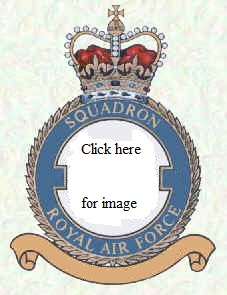 |
Its
formation as a Snipe unit was proposed on 9 May 1918, for a deployment to
France on 28 September, but these plans were cancelled on 4 July. It
eventually did form, but as a Handley Page V/1500 bomber unit, at Bircham Newton
on 13 June 1918. Its aircraft arrived just before the Armistice and the
squadron did not become operational, although it was 31May 1919 before it was
disbanded. The squadron reformed at Boscombe Down by upgrading 'A'
Flight of No 97 Squadron on 1 November 1936. Initially equipped with
Heyfords, these were exchanged for Whitleys in June 1939, however, in June 1938,
the squadron had adopted a training role and this continued until 6 April 1940,
when the squadron was merged with No 97 to form No 10 Operational Training Unit
at Abingdon. It was 27 January 1943 before the squadron re-emerged when
detachments of No's 142 and 150 Squadron were amalgamated into No 166 at
Kirmington. Equipped with Wellingtons, it immediately joined the night
bombing offensive, re-equipping with Lancasters in September 1943. It
continued to operate from Kirmington as part of Bomber Command's Main Force
until the end of the war, disbanding on 18 November 1945. |
Squadron Codes used: -
| GB |
Allocated Apr 1939 - Sep 1939 |
| AS |
Sep 1939 - Apr 1940, Jan 1943 - Nov 1945 |
[Aircraft & Markings |
Personnel, aircraft and locations |
Commanding Officers]
No 167
(Gold Coast) Squadron
 |
Formed
at Bircham Newton on 18 November 1918 as the second V/1500 bomber unit of No 27
Group, it began to receive some aircraft but following the Armistice formation
was slowed down and the squadron disbanded on 21 May 1919.
Reformed at Scorton as a fighter unit on 6 April 1942, it was declared
operational the following moth and moved to Castletown in June to provide
defensive cover for Scapa Flow. The squadron moved to Ludham in East
Anglia in June and began fighter sweeps over Belgium and Holland. At this
point the squadron was composed of a large number Dutch personnel and it was
decided to form a purely Dutch unit, this necessitated renumbering the squadron
in the 300 series, reserved for overseas manned unit. As a result the
squadron disbanded on 12 June 1943, when it was renumbered No 322 Squadron. It
reformed at Holmsley South on 21 October 1944 as a transport unit in No 110
Wing. It was equipped with Warwicks and was involved in flying services to
European and West African destinations. It began to operate Anson for
sorter range services in May 1945 and in July the Warwicks had to be grounded
for technical problems and until these were resolved in September, the squadron
flew Dakotas belonging to No 147 Squadron, but on 1 February 1946, the squadron
was disbanded. From 1 February 1953 it operated as a ferry unit,
having been reformed from No 3 (Long Range) Ferry Unit. It disbanded again
on 15 September 1958 when it was merged with No 147 Squadron to form the Ferry
Squadron. |
Squadron Codes used: -
| WJ |
Allocated Apr 1939 - Sep 1939 |
| VL |
Apr 1942 - Jun1943 |
| QO |
Feb 1953 - Sep1958 |
[Aircraft & Markings |
Commanding Officers]
No 168 Squadron
.
 |
Never
formed or planned to be formed in World War One, this squadron formed at
Snailwell on 15 June 1942 as tactical reconnaissance unit from a nucleus
provided by No 268 Squadron. It initial equipment Was Tomahawks but these
were superseded by Mustang Is in November and the following month, it began
attacking shipping and other coastal targets. However,
most of its activities involved carrying out exercises with the Army in
preparation for the planned invasion of Europe. To this end it joined the
2nd Tactical Air Force in July 1943, forming part of No 123 Airfield (later No
123 Wing) beginning actual reconnaissance operations over the continent in
October. Following the invasion, the squadron moved to France and
provided tactical reconnaissance to 21 Army Group as it advanced through France
and then into Holland. In October 1944, it replaced its Mustangs with
Typhoons and began armed reconnaissance sorties over Germany itself and
providing escorts to daylight bombing raids. The squadron officially
disbanded on 26 February 1945 but it continued to operate for a further two days
before being grounded for the last time. |
Squadron Codes used: -
| XF |
Allocated Apr 1939 - Sep 1939 |
| EK |
Apr 1942 - Jul 1942 |
| OE |
Jul 1942 - Nov 1942 |
| QC |
Oct 1944 - Feb 1945 |
[Aircraft & Markings |
Commanding Officers]
No 169 Squadron
.
 |
Formed on 15 June 1942 at Twinwood Farm in the tactical reconnaissance role
equipped with Mustang Is. Following work up it moved to Duxford in
December 1942 and began operations, which consisted mainly of shipping
reconnaissance and ground attacks sorties. From July 1943 it was also
employed in combating low level intrusions by German fighter-bombers but on 30
September 1943 it was disbanded at Middle Wallop. The following
day the ground personnel were posted north to Ayr, where a new No 169 Squadron
was forming, equipped with Mosquitoes. In December 1943 it moved to Little
Snoring and was transferred to No 100 Group Bomber Command. In January
1944 received its operational equipment in the form of Mosquito II night
fighters and these were immediately used to begin night intruder operations
against German night fighters both in advance of the bomber stream and against
enemy airfields. These duties were maintained until the end of the war,
the squadron disbanding at Great Massingham, to where it had moved in June 1944,
on 10 August 1945. |
Squadron Codes used: -
| JQ |
Allocated Apr 1939 - Sep 1939 |
| VI |
Oct 1943 - Aug 1945 |
Aircraft & Markings
No 170 Squadron
.
 |
Never
formed or planned to be formed in World War One, this squadron formed at Weston
Zoyland on 15 June 1942 as tactical reconnaissance unit. Its early career
mainly involved flying exercises with the Army, but on 4 January 1943, it
began conducting reconnaissance sorties over the continent. It later added
low-level defensive duties to its list of tasks as well as attacks on lines of
communication in France. It became part of 2nd Tactical Air Force in July
1943, but was disbanded less than six months later on 15 January 1944.
On 15 October 1944, 'C' Flight of No 625 Squadron at Kelstern was raised to
squadron status as No 170 Squadron. Four days later the squadron began
operations as part of Bomber Command's Main Force but three days after that
moved to Dunholme Lodge and then in November to Hemswell, where it remained
until the end of war, disbanding on 14 November 1945. |
Squadron Codes used: -
| HS |
Allocated Apr 1939 - Sep 1939 |
| BN |
Jun 1942 - Feb 1943 |
|
TC
|
Oct 1944 - Nov 1945 |
[Aircraft & Markings |
Commanding Officers]
Squadron badge image on this page is courtesy of Steve
Clements
© Crown Copyright is reproduced with the permission of the Directorate of
Intellectual Property Rights
This page was last updated on
17/03/25©
 Organisational Index
[Top of
Page]
Sqns 171 - 175
Organisational Index
[Top of
Page]
Sqns 171 - 175


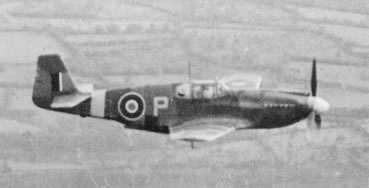
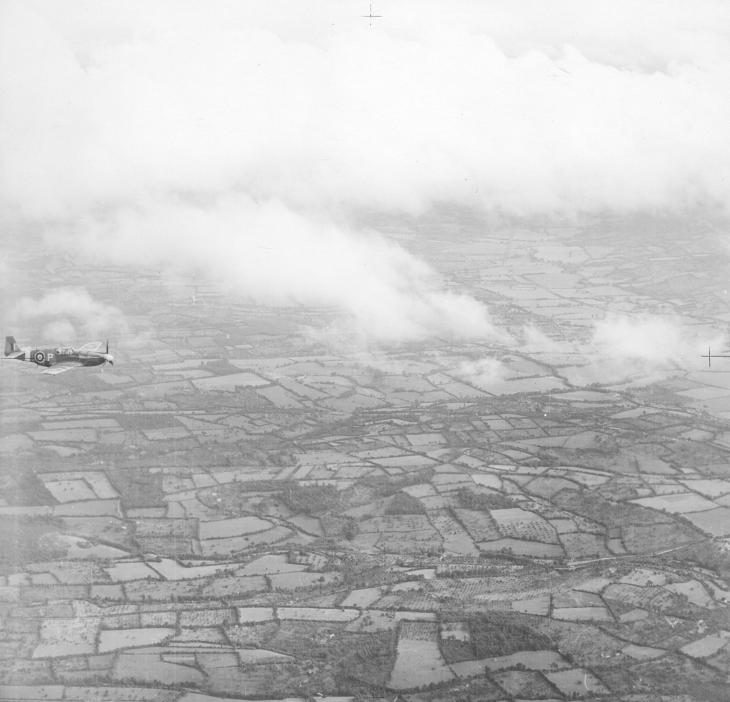
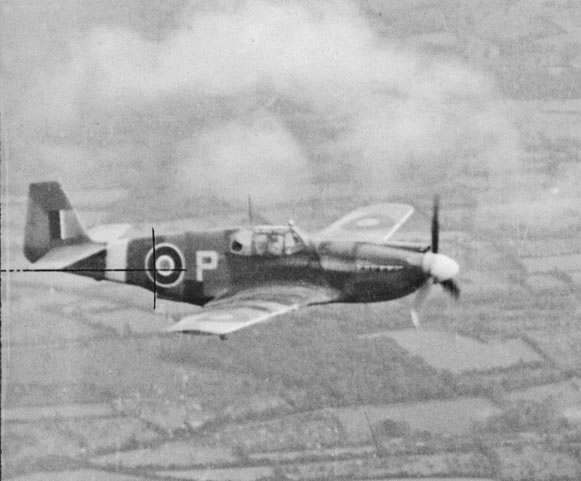
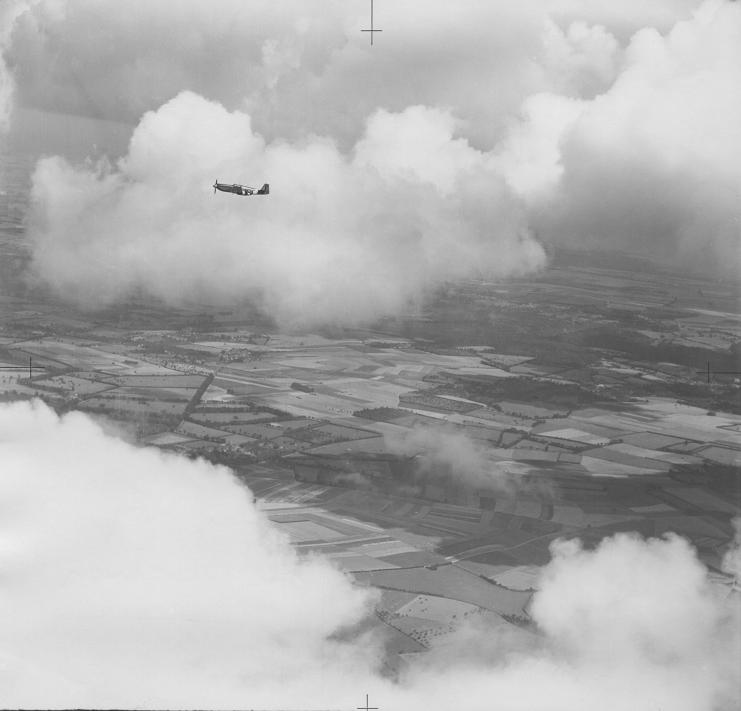

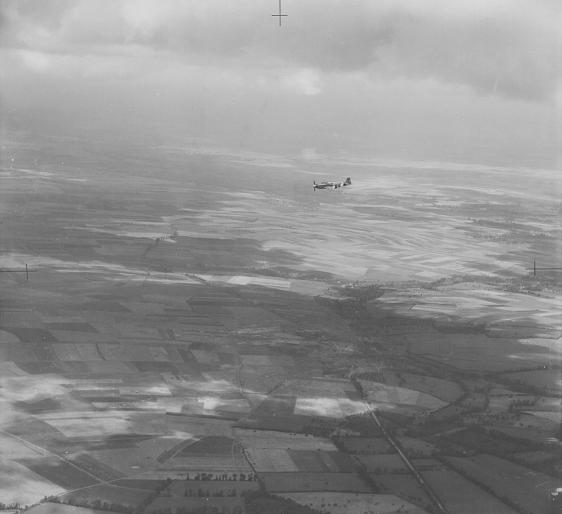

![]() Organisational Index
Organisational Index ![]()